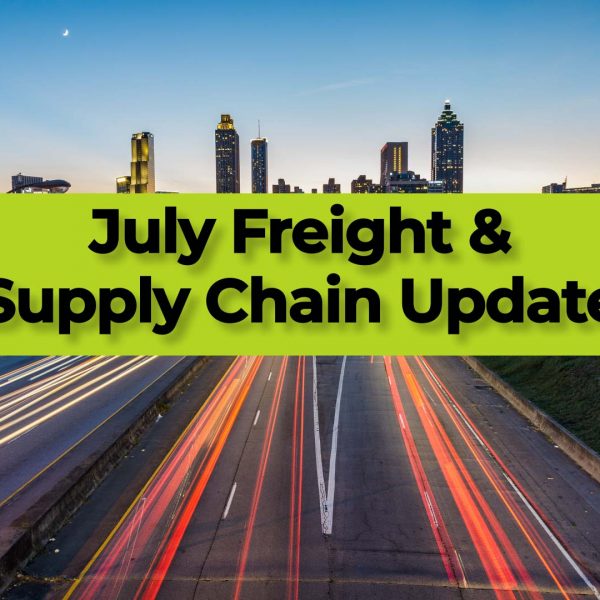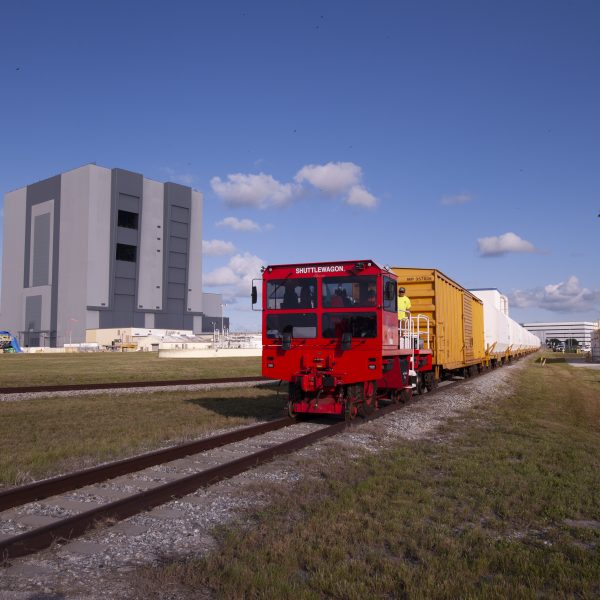Precision Scheduled Railroading (PSR) has become a common term in the rail logistics industry over the last couple years. With a lot of attention paid to this buzzword in the financial press revolving around it’s application to America’s Class one railroads and their subsequent stock price boost. But what does it actually mean?
Precision scheduled railroading is a term that originated with the late railroad executive Hunter Harrison. Harrison rose through the ranks of several railroads to eventually become president of the Canadian National. Harrison felt the railroad was not utilizing its assets to their full potential with the current operating scheme. This meant essentially that locomotives were sitting idle, cars weren’t being turned quickly enough and that money was thus also being wasted. Harrison’s rationale was that with high fixed plant costs and relatively fixed revenue meant that any assets that weren’t being used to their full potential and that operating costs were a key determinant in the overall profitability of the railroad. Liken it to an airplane waiting until all the seats are full before it takes off versus flying on regular departure dates regardless of if every seat is filled. The solution was to reduce the number of locomotives, operate fewer longer trains that ran on a more constant schedule which also reduces needed personnel and reduces the amount of switching that occurred at each terminal. Instead of cars being reswitched and sorted at each terminal, crews would group cars with common destinations in “blocks” as they picked up the cars from their origins, thus reducing the costs associated with operating large hump yards and theoretically reducing the time railcars spend in each terminal.
While on paper this seems to make sense however in application there can be several downfalls and criticisms. Let’s take a quick look at why PSR has it’s doubters. The primary criticism of PSR is that is basically assets stripping the company to pump up the stock price, by reducing assets, reducing employee count, reducing capital spend and selling off excess locomotives it creates a quick way to rationalize a rail system and boost financials ratios. Associated with this is a reduction in service levels as fewer trains run, many times the railroad will increase prices and turn down traffic they deem not profitable enough. All of this is of course at the long term expense of developing customer relationships and new traffic, maintaining railroad right of way and service reliability during traffic surges as the railroad lacks any extra man power and motive power. There have also been arguments that it is simply a buzzword for investors that by nature railroads going back to their creation have always been scheduled and precise.
Regardless of the criticisms all major publically traded Class one railroads in the US have adopted some form of PSR. The one interesting note is that BNSF which is privately owned under Berkshire Hathaway and thus firmly taking the extreme long term look at ROI has thus far stayed away from PSR.
So how does PSR affect the average supply chain?
Many shippers have noticed service disruptions as railroads change their operating plan and eliminate some intermodal lanes. Many Shippers that use carload freight services have also had service become an issue as railroads try to curtail the shipment of small quantities of cars in preference of longer unit trains. On core lanes for the railroad, service has actually improved according to some shippers, this is a result of refocusing assets to these core lanes and providing more regular departures.
Accessorial charges have also increasingly become an issue as railroads try to discourage.
If you are a shipper utilizing intermodal services, we recommend be patient as the railroad operating plans are still adapting to this new operating principle and likely it will take another 6 months or so for the bugs to be worked out. Also look for railroads to add back service lanes that have been dropped. For the more common cross country lanes, service is quite good currently and will likely remain stable or improve. Intermodal represents an attractive alternative to over the road trucking with cost savings of 10-20% on lanes longer than 500 miles, and it also provides capacity and supply chain diversifications during peak seasons.
Pay close attention to any pick up appointments, load and unload both containers and railcars in a timely manner so as not to trigger the larger demurrage charges. Keeps an eye on shipment tracking as well to make sure you’re dock team is ready to receive the freight.
Ready to try intermodal?
Zmodal is the quickest and easiest way to access the intermodal network with easy booking of a true door to door service. We provide easy dashboard access to booking, pricing, shipment tracking and shipment analytics. If you’ve never shipped intermodal, contact us today for access to the Zmodal platform and start enjoying the benefits of long haul intermodal today.



